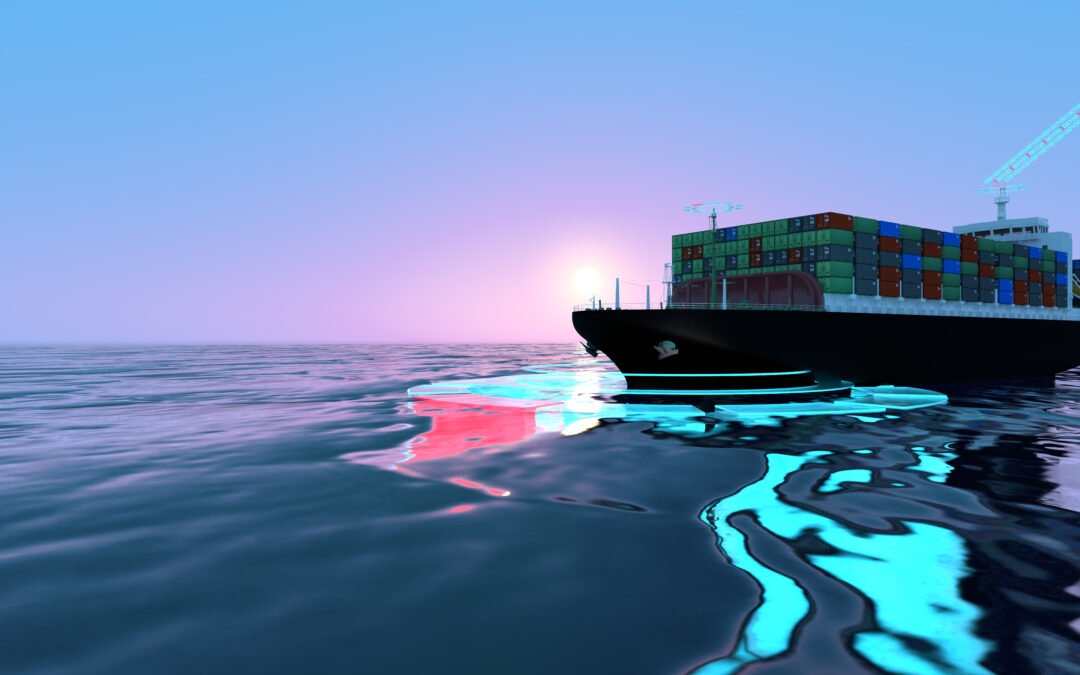Image: Shutterstock (and is that an oil spill?)
What’s New: Maritime is getting ever closer to autonomous operation.
Why its Important: Except for China, needed navigation systems are not in place to do this safely.
- Safe automatic navigation will require a layered set of systems all working together (see yesterday’s post on 99.9% isn’t good enough)
- Maritime needs the same kind of assured navigation as aviation and other forms of autonomy. Ships don’t crash in the middle of cities, but how do you like that oil spill along 100 miles of your coast line?
- Sensors on the vessel are good for close in and can reinforce each other. But satnav is the only sensor for absolute positioning. It is a single point of failure.

Crewless container ships appear on the horizon
Cruising quietly through the Frier Fjord in southern Norway, the Yara Birkeland looks like an ordinary small ship.
However, by the end of the year, the number of crew on board will be reduced from five to two and then, if all goes well, in two more years the vessel’s bridge will be removed and there won’t be any crew on board at all.
Until then, Captain Svend Ødegård is at the helm of the 80m-long ship. “We are taking big steps towards autonomy,” he tells the BBC. “There’s a lot of installed technology there, that is not on existing ships.”
Eventually the Yara Birkeland will navigate aided by sensors, including radar and cameras, which will feed data to an artificial intelligence, which will detect and classify waterborne obstacles.
“We have situational awareness – cameras on the side, front and stern of the ship,” the captain explains. “It can decide whether to change its path because something is in the way.”


